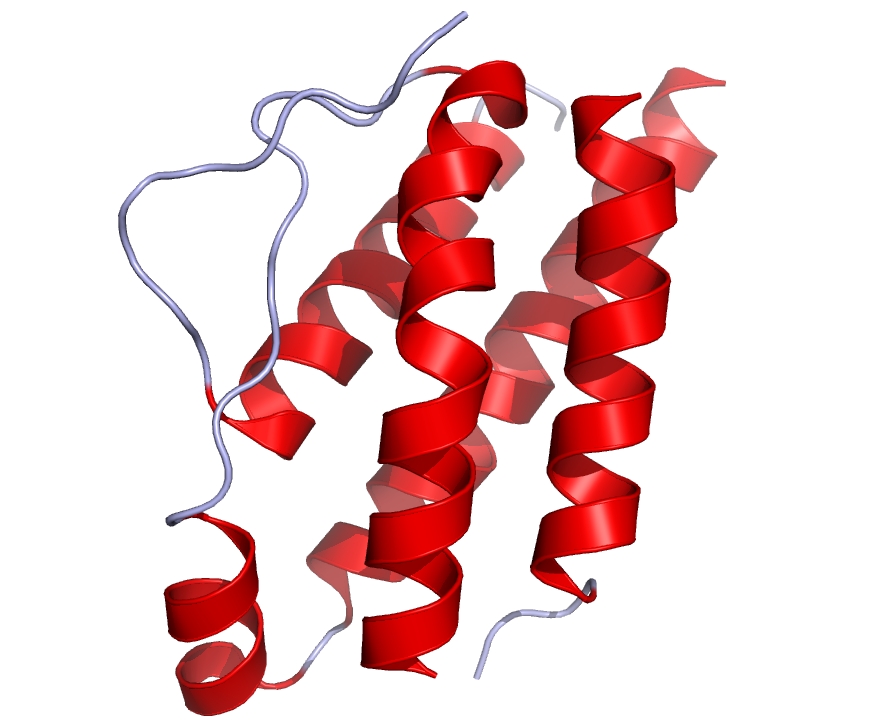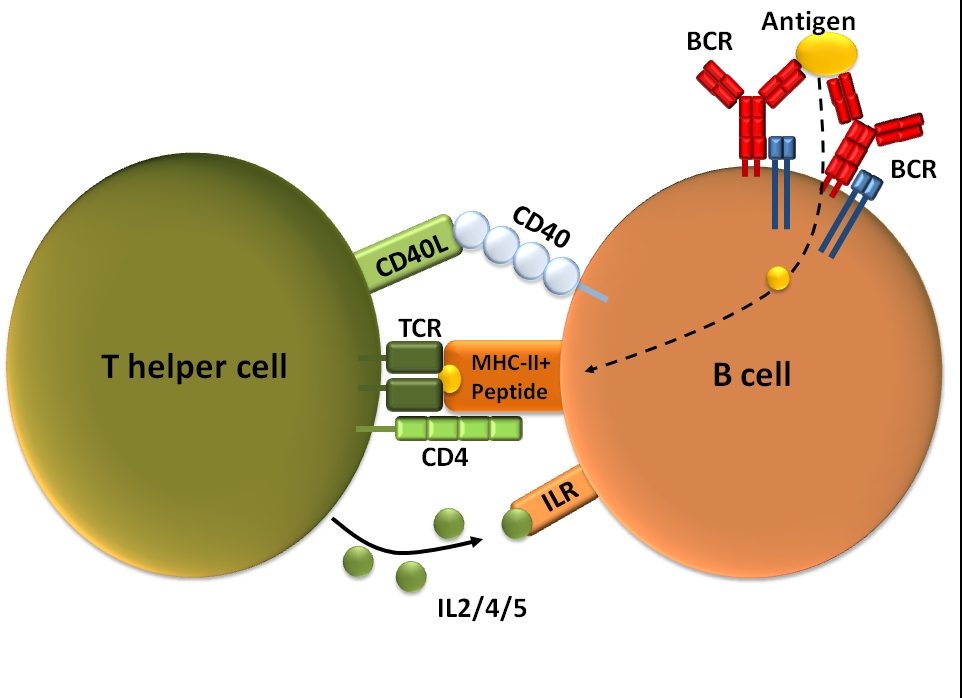Blog Post
Interleukin 2: From Discovery to Use in Immunology Experiments
Interleukin 2 (IL-2) stands as a cornerstone molecule in immunology. Its discovery and subsequent use in immunology experiments have transformed our understanding of immune responses. Let’s journey through its story.

A Brief History of IL-2’s Discovery
Back in the 1970s, scientists unearthed a unique protein playing a pivotal role in T-cell growth: Interleukin 2. Driven by the quest to understand immunity, their research revealed that IL-2 was a key player in immune cell proliferation. Not only did IL-2 stimulate T-cell growth, but it also had an impact on various other immune cells.
IL-2’s Role in Immunity
The immune system is a complex network, and IL-2 has proven to be one of its major actors. It mainly:
- Drives T-cell proliferation.
- Enhances natural killer (NK) cell activity.
- Modulates the balance of regulatory T-cells.
- Plays a role in antibody production by influencing B-cells.
Understanding the function of IL-2 helps scientists design better experiments, and even therapeutic strategies for illnesses where the immune response is crucial.
IL-2 in Immunology Experiments
Researchers harness the power of IL-2 in various ways:
- T-cell Expansion: IL-2 is often added to cell cultures to bolster T-cell numbers, making it easier to study them.
- Studying Immune Disorders: Given its pivotal role, experiments often involve IL-2 when exploring diseases like autoimmune disorders or certain kinds of cancer.
- Therapeutic Trials: IL-2 has shown potential in treatments, particularly in therapies targeting cancer.

Conclusion
From its discovery to its widespread use in labs worldwide, Interleukin 2 has left an indelible mark on immunology. As researchers continue to unveil the depths of its functions, IL-2 will remain at the forefront of immune studies.
Keywords: Interleukin 2, IL-2, immunology, T-cell, immune response, immune experiments, natural killer cell, B-cell, therapeutic trials, immune disorders.

